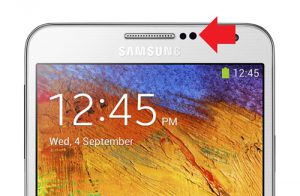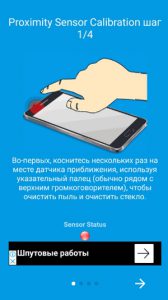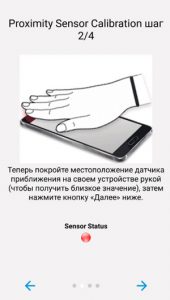 Modern smartphones are endowed with many features and improvements to make the device more comfortable to use.
Modern smartphones are endowed with many features and improvements to make the device more comfortable to use.
One of the features of smart devices is the presence of a light sensor. Manufacturers install it on the top of the front side, in the area of the earpiece.

Functional
The light sensor's job is to analyze the ambient light and take action. What the light sensor gives:
Automatically adjusts brightness according to the environment. When using a smartphone, you can turn on automatic brightness control. This is done from the quick access panel or from the settings menu. 
By activating this function, the user allows the smartphone to change the brightness of the screen in accordance with the lighting level. The device should immediately respond to the activation of automatic tuning. In bright light, the screen becomes brighter, in the dark it fades. Changing the brightness of the display allows you to save energy when necessary and to comfortably use the device in the dark.
The main problems with the light sensor are long response times and poor light estimation. You can customize the sensor using special applications. This can be done through the Proximity Sensor Calibration program. The program allows you to configure the proximity and light sensor of the device. The application must be installed and launched. Once started, the user is guided through each step.

The second stage involves taking readings from the sensor in a darkened state.

The third step takes readings from a free sensor.

After that, it is suggested to start the calibration.

The results must be saved and the device rebooted.

The procedure will allow you to correct the situation if the screen does not go out when you approach your ear during a call, or if the sensor is not working properly. But only on condition that the sensor reacts to user actions. If there is no reaction, then in this case it is necessary to contact the service center.

 Download QR Code Proximity Sensor Reset Repair + service Developer: Tech Tool Price: Free
Download QR Code Proximity Sensor Reset Repair + service Developer: Tech Tool Price: Free
In order for the sensor to work as best as possible and for longer, you need to monitor the state of the part of the screen that covers its sensor. Grease marks and scratches prevent light particles from fully penetrating the sensor, which can affect the correct functioning of functions.
Economy-segment smartphones and older models are not equipped with a light sensor, so the screen brightness is manually adjusted by the user.
